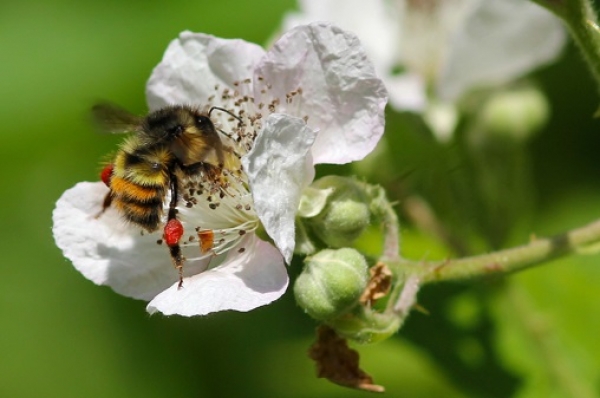Honey bees—plump, fuzzy and famed for their honey-making—capture the popular imagination.
Honey bees—plump, fuzzy and famed for their honey-making—capture the popular imagination. Yet, wild bees are equally vital for pollination and, by some measures, outshine honey bees as pollinators. This is why UBC researcher Matthew Mitchell and his colleagues are deeply concerned about their declining populations.
Dr. Mitchell, a landscape ecologist in the faculties of forestry and land and food systems, sheds light on the link between diminishing numbers of wild pollinators and reduced farm productivity in a recent study published in Environmental Research Letters. In this Q&A, he delves into the research findings and proposes ways the public can contribute to protecting wild bees.
The identity of species, their locations, habitats, soil type and chemical properties will then be included in a new cloud-based platform that will be open and free for researchers to access.
Read more at: University of British Columbia
Yellowhead bumble bee. (Photo Credit: Wolf Read)




